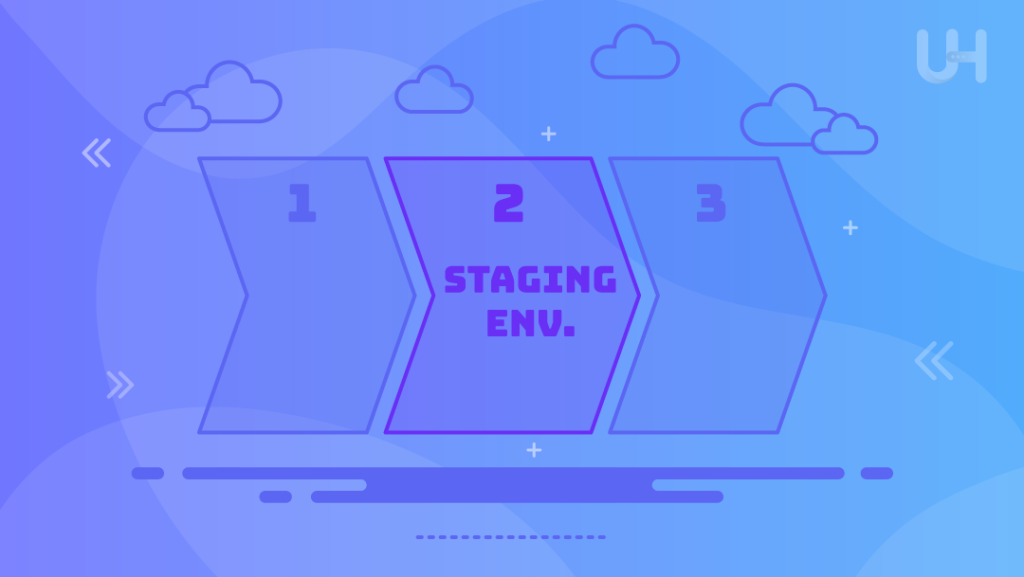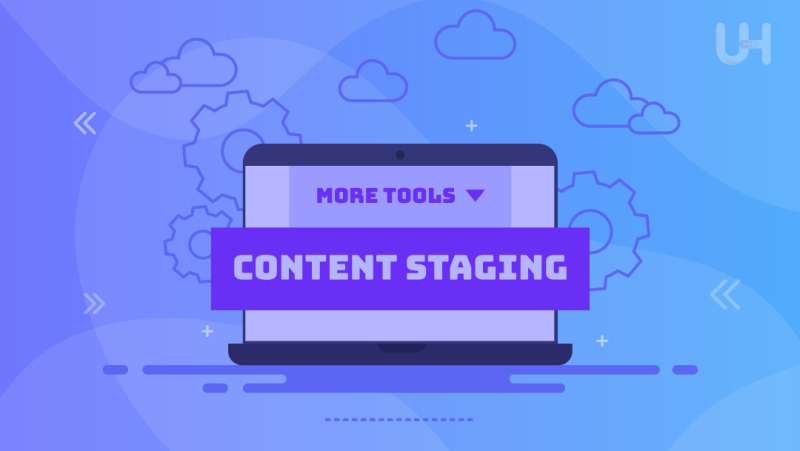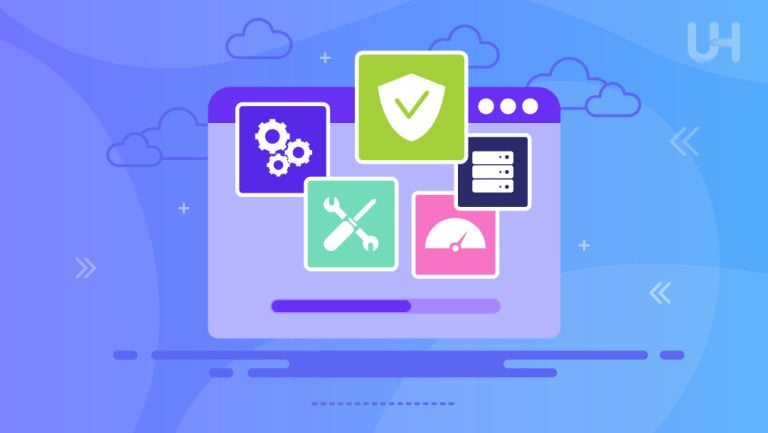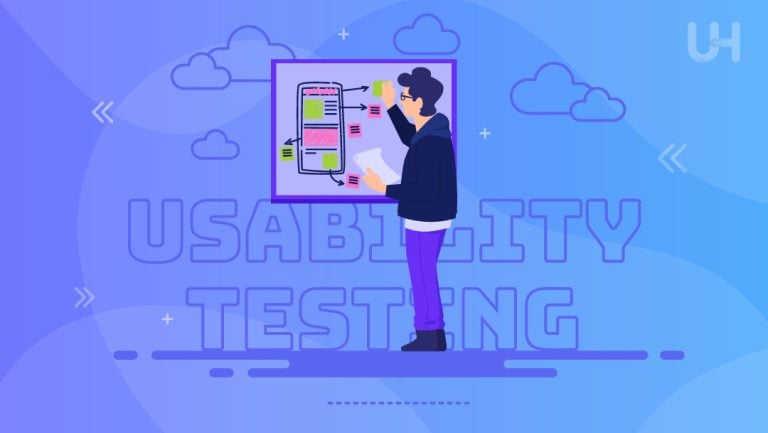Smoothing, refining, and testing content in advance, content staging is one of those fundamental tasks in digital publishing and Web development. This process provides a safe space for reviewing, editing, and optimizing every piece it articles or multimedia assets. Teams get to preview the content in a staging environment to catch any potential errors, perform format adjustments wherever necessary, and ensure everything fits the brand’s tone and the audience’s expectations.
In this blog, we will explain content staging, its purpose and benefits, and how the setup is done. We will also understand why staging environments are crucial when perfecting error-free and polished content that differs from production. If you are a developer, content manager, or digital marketer, then the concept of content staging is something you need to succeed in pulling off successful content deployment.
What Is Content Staging?
Content staging involves preparing and testing, which review content is created before it goes live in a dedicated environment. Apart from the live site, this space emulates the production environment to let teams see what the content will look and function like once it’s accessible to the public. These are mainly used by developers, content managers, and designers to track down problems such as layout errors, broken links, or loading problems long before those issues are online and users can see them.
Content should be staged for quality and no errors while meeting the target audience’s expectations. Working in a staging environment enables teams to fine-tune elements in depth without touching the live site, reducing risk and making the final deployment far smoother.
Purpose and Benefits
- Risk Reduction: Content staging minimizes risks since issues are caught before they reach the live site, avoiding public errors, downtime, or poor user experience.
- Improved Collaboration: The staging environment facilitates easy and flexible collaboration between the content, design, and development teams when providing and adapting feedback before final publication.
- Improved Quality Control: Staging environments enable thorough layouts, links, and multimedia testing to ensure everything works as it should on many devices and browsers.
- Audience-Ready Content: Teams can fine-tune their content in a controlled environment to ensure it meets brand standards, messaging, and user expectations. This content goes live, polished, and professional to nurture leads through digital remarketing.
Key Components
- Staging Environment: This is the non-public, secured version of the website or platform with just what is live. Teams can view and edit the content, including design elements and site functionality, without affecting the live site.
- Version Control: The version control tools keep the staging environment updated about any change made to the content or code. Therefore, teams can review, revert, or merge updates to ensure consistency and structured work.
- CMS: The Content Management System is a hub where teams create, edit, and manage content before it goes to production. This helps keep the items streamlined and polished within the workflows.
- Automation of Testing: Integrated test automation simulates user interaction and verifies functionality issues, broken links, and display errors. This is done to make sure content performs well before it goes into deployment.
Staging vs Production

Staging Environment
The staging environment is a completely segregated non-public space where views of content, design, and functionality are tested before going live. It closely mirrors the production environment, where teams first see how things will look and behave for the end-users. Any problems, like formatting errors, broken links, or compatibility problems, can be identified here and then fixed. Staging helps ensure quality in content by finding potential problems before they may be visible to a public audience.
Production Environment
The production environment is the live, publicly accessible version of any website or platform where end-user interactions occur. Content reviewed, tested, and approved through staging is deployed to production. This setting is expected to have high stability and security since changes within this environment affect everybody viewing the site.
Common Use Cases
- Website redesigns: Major site redesigns will also require testing on staging environments. This is necessary to test new layouts, features, and navigation elements that will not affect the current user experience on the live site.
- Updates to Content: Staging is used when new articles, videos, or other types of content are to be published to ensure everything shows up correctly. You can make changes to formatting, check for broken links, and edit in real-time before deploying the content for the last time.
- Feature Testing: New features that may be interactive or introduced plugins are tested in staging for compatibility with existing content and functionality. This prevents possible disruptions when the feature goes live.
- SEO and Performance Optimization: It can make SEO server hosting adjustments in staging, test the speed, and ensure that whenever new content goes live, it meets the set standards in performance and search optimization.
Optimize Content Staging with Reliable WordPress VPS
Consider UltaHost’s WordPress VPS Hosting for seamless content staging. It offers a secure, dedicated environment to test updates and new content, ensuring flawless performance on your live site. Ideal for high-quality, error-free WordPress content deployment.
Setup Process
- Staging Environment: Create a duplicate environment identical to the current production setup. Use the same software, plugins, and configurations to ensure the most accurate results.
- Perform Version Control: Utilize version control through various tools such as Git to track changes within the staging environment. This allows teams to observe all the changes made and keep records of them, revert to older versions when needed, and record the history of updating.
- Sync Content and Database: Refresh the staging environment with fresh content and data from the live site regularly. That means one should regularly sync their databases and media files so testing represents real-world conditions as accurately as possible.
- Access and Permission Assignment: Grant access to the staging environment only to the authorized team. Set permissions at every possible level to ensure only authorized changes can be made without accidental modification. This ensures the testing and editing environment remain controlled.
Best Practices
- Cross-browser Testing: It ensures that content and features are tested for consistency in the user’s experience across different browsers, such as Chrome, Firefox, Safari, and Microsoft Edge. It also helps to discover browser-specific problems with layout and functionality.
- Mobile Compatibility Tests: Test the rendering of your content based on various mobile devices and screen sizes. Also, test responsive elements to ensure they work properly and the content is accessible and appealing on phones and tablets.
- Load Testing: Assess how content and site elements perform under heavy click-through rates. It helps find slowdowns and other performance issues to ensure the live site can support expected user volumes.
- Content Editing and Proofreading: This involves reviewing all text, images, and multimedia reviews for accuracy. This ensures brand messaging is aligned, error-free, polished, and ready to publish.
Tools and Platforms
- Staging with WordPress: All staging possibilities come directly through the WordPress hosting server. With plugins, users can create and manage staging sites. These tools are meant to give teams an environment where they can test updates, plugins, and content changes in a secure environment before going live.
- Git Version Control: Git is an important tool for tracking changes in code within a staging environment. It helps developers manage different versions of their code, collaborate in updating, and revert to previous versions for deployment.
- BrowserStack: This cross-browser testing enables teams to create tests that check the functionality of content against various browsers and devices in the staging phase, guaranteeing consistency for different platforms.
- Google PageSpeed Insights: It helps test the load times and gives optimization tips for overall site performance. Running it in staging identifies issues before deployment, keeping a live site fast and efficient.
Final Deployment
This is where the actual deployment occurs, transferring content and updates from the staging environment to the live production environment. This process should be highly coordinated so all elements transfer well without hurting the user experience.
Content, functionality, and compatibility must be checked before deployment to ensure everything is in order. Teams should also perform a production site backup beforehand to minimize risk and allow system rollback if anything goes wrong.
After deployment, closely monitor the live site for any unexpected issues. This phase will ensure all updates go through as planned and behave under real traffic conditions. This is crucial for a seamless user experience. Final deployment wraps up the staging process, bringing polished content into view before the public eye.
Conclusion
Staging is a crucial process that enables teams to iterate and lock down their content before it goes live. A staging environment lets organizations capture errors, builds better collaboration, and ensures that every update meets the brand’s standards and technical requirements. This careful preparation minimizes risks and provides audiences with a seamless, polished experience on the live site.
It’s all part of staging, from setting up an instance to deploying a production site, where everything meets users’ expectations. Staging content ensures that the interactions delivered in digital experiences, through blog postings, new features, or site redesigns, will work.
With UltaHost’s fastest WP hosting, content staging lets you test and perfect changes safely before going live, ensuring a fast, secure, and optimized site for users. Get the best experience for your users from development to deployment.
FAQ
What is content staging?
Content staging refers to testing content, design, and functionality in a separate enclave, secure environment before going live to the public.
Why should content be staged?
It is necessary because teams can catch mistakes, optimize content, and ensure everything feels smooth before users see the published work.
How is a staging environment different from production?
A staging environment is a non-public testing space in which users will interact with the production environment USER is a live site.
Who uses content staging?
Staging allows developers, content managers, and designers to view and refine their content before going live.
What are general use cases for content staging?
This is mainly done in website redesigning, testing features, updating content, and optimizing it for search engines.
What are some utilities for staging content?
Staging environments are generally managed and tested using various tools, such as WordPress Staging, Git, BrowserStack, and Google PageSpeed Insights.
Which one is the last step of the deployment?
Deployment takes the content, tested and changed at staging, to the live site to make it available for all users.











